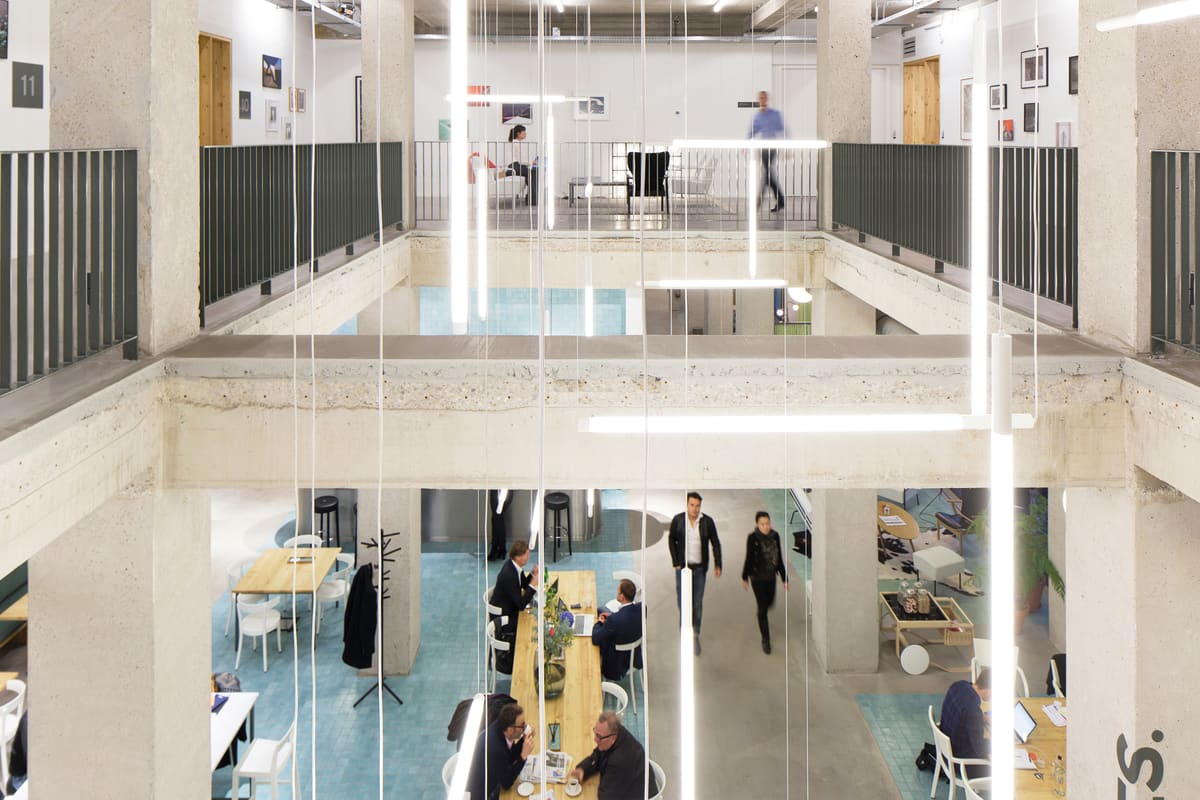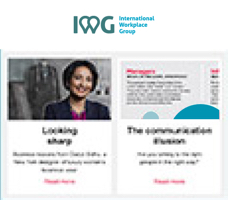Incorporating flexible office space into a company’s office portfolio will help to reduce its overheads, boost its profit margins and protect its bottom line.
Following a period of downsizing their corporate real estate (CRE) footprints, businesses are reinventing their office cultures, and will be looking to brokers to advise them on the financial benefits of flexspace.
The pandemic was the catalyst for a fresh perspective on how and where workforces should be distributed – and glaring inefficiencies were brought to light.
According to a leading commercial real estate broker, companies in the US have shed more than 138.4 million square feet of office space since March 2020 – 34% more than the amount of workspace slashed from corporate real estate portfolios during the recession of 2007-2010.
As we enter the new year, IWG is seeing companies forecasting their growth and plans for 2022, including rebuilding their CRE footprint from the ground up once again. And this time round, they are seeking solutions that are tailored to the needs of a hybrid workforce – with flexspace placed front and centre.
Empowering employees
Hybrid working, where employees can split their hours between their company headquarters, a local flexible office space and working from home, has transformed firms’ day-to-day operations for the better. By empowering employees to work from whichever location they choose, hybrid working eliminates the expectation for entire teams to travel to a central head office every day of the working week.
Staff have the option to cut out their time spent commuting, and instead access professional workspace and facilities close to where they live, or to work from home, depending on which will be most beneficial to their productivity, wellbeing or work-life balance on any given day.
Vital cost-efficiencies
Aside from the CSR benefits of hybrid working, it requires a much more bespoke approach to office real estate, which translates into vital cost efficiencies. At a time where companies continue to seek opportunities to streamline their overheads, office space is one of the main outlays they can revisit to boost their profit margins – and research from EY estimates businesses can save $11,000 for each employee that works in a hybrid set-up.
Globally, businesses are formalising their hybrid working policies and adapting their corporate real estate portfolios accordingly. Rather than simply renewing traditional long-term office leases – with a single centralised location for an entire team for a fixed amount of time – companies are instead exploring flexible workspace solutions that support hybrid working through a ‘hub-and-spoke’ model. This comprises a smaller, central headquarters accompanied by ‘satellite offices’ – flexible workspace locations in employees’ local neighbourhoods.
A clear case for hybrid working
This highly customisable approach to managing corporate real estate has hugely positive financial implications because companies only pay for what they need.
Businesses can lease as much or as little deskspace as they require from a flexible workspace location, and they can upscale or downsize it as and when necessary, rather than being locked into leasing a fixed amount of space for years on end. It also means companies avoid paying for the running costs of a building they are not using at full capacity – such as lighting, heating, water and maintenance costs.
The financial case for hybrid working is clear. By making use of flexspace to support a hybrid workforce, businesses can streamline their overheads to enhance their competitive edge and allow them to invest in what matters – such as employees’ training needs.
Having stripped out elements they no longer need, businesses can now rebuild and futureproof their CRE strategy, entering 2022 with lower costs and better value from their workspace portfolio. Hybrid working also allows them to become more sustainable – for example, less commuting means a lower carbon footprint.
As IWG Founder and CEO Mark Dixon says, “Employees have realised that they have been wasting an hour or two commuting to an office that they don’t need to be in, whilst businesses have realised that a hybrid model not only means happier and more engaged employees, but also a significant saving for the bottom line.”
IWG has been helping brokers design sustainable corporate flexspace solutions for the last 30 years. Find out how we can support you today.






